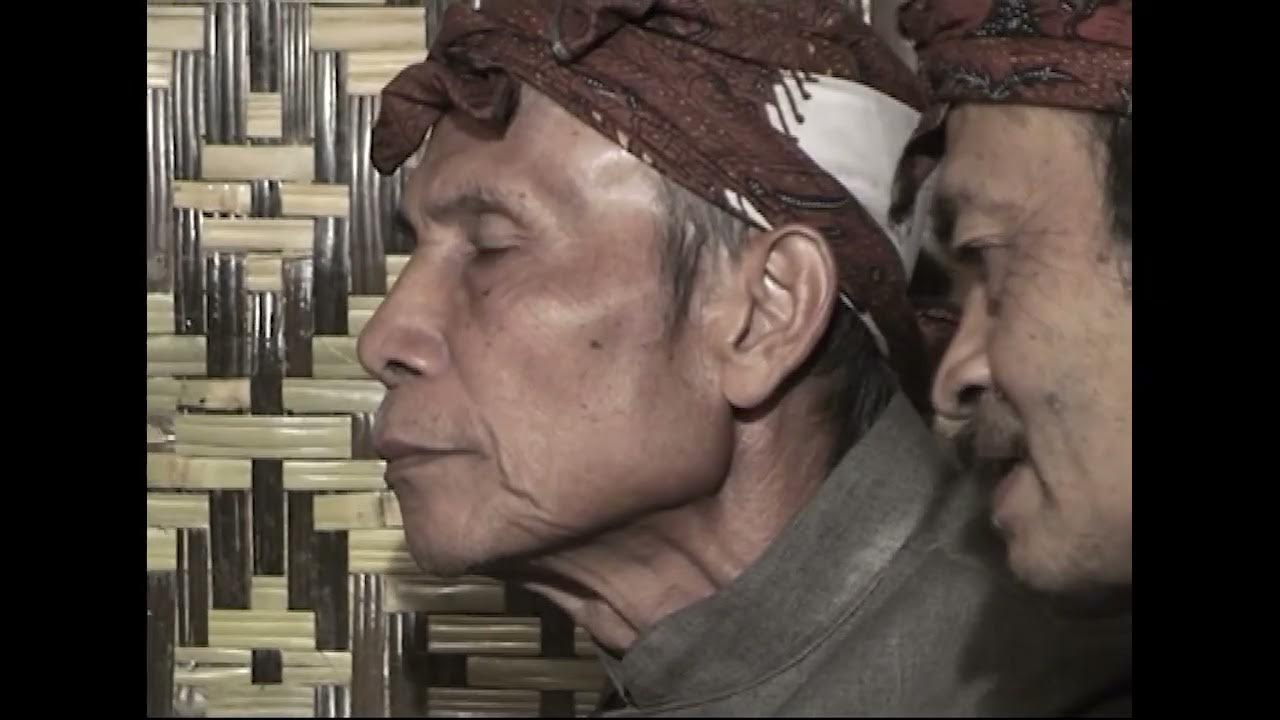NAMA NAMA GAMELAN WAYANG
Summary
TLDRThis lively and culturally rich transcript introduces the world of gamelan music, blending traditional instruments like Bonang, Saron, and Gambang with local Javanese cultural references. The speaker discusses various musical scales such as Slendro and Pelog, and shares insights into community life and local practices. Through a mix of music, personal anecdotes, and cultural expressions, the conversation celebrates both the artistry of gamelan music and the deep-rooted traditions of the Javanese people. The closing includes traditional Islamic greetings, highlighting the spiritual dimension of the community.
Takeaways
- 😀 Introduction to the gamelan instruments and their roles in the performance.
- 🎵 The Bonang, a key gamelan instrument, is mentioned as part of the ensemble.
- 🎶 The Saron, another essential gamelan instrument, is highlighted for its distinctive sound in Javanese music.
- 🎼 The term 'Slendro' refers to a traditional Javanese musical scale commonly used in gamelan performances.
- 🎵 The Gambang, a wooden percussion instrument, is introduced as part of the gamelan family.
- 🎤 The conversation is filled with informal phrases and musical terms, reflecting a casual interaction.
- 🗣 References to cultural figures, such as Sunan Kalijaga, hint at the deep connection between gamelan music and Javanese spirituality and history.
- 🌏 Regional references like Purworejo and Taliwang Innova evoke local culture and geography within the discussion.
- 🎶 Various musical modes like 'Slendro Nem' and 'Genderbender' are mentioned, indicating the complexity and variety of Javanese musical scales.
- 🙏 The script ends with repeated greetings and well-wishes, reinforcing a respectful tone and cultural significance of the greeting in Javanese tradition.
Q & A
What is the main focus of the script?
-The script primarily focuses on a musical presentation involving traditional Javanese gamelan music, with mentions of various instruments and musical scales like Slendro.
What is Slendro in the context of this script?
-Slendro is a traditional Javanese scale used in gamelan music, mentioned several times in the script to describe the musical style of the performance.
What role do the instruments mentioned in the script play in the performance?
-Instruments like Bonang, Saron, and Gambang are traditional gamelan instruments, each contributing distinct sounds to the overall ensemble. The script references these to highlight the variety of instruments used in the performance.
Who is Kang Alif mentioned in the script?
-Kang Alif appears to be a key figure or performer in the script, possibly the host or leader of the musical presentation, though further context is not provided.
What is the significance of the terms 'Niki' and 'Niki the king' in the script?
-The term 'Niki' could be a personal or artistic nickname, with 'Niki the king' possibly referring to a prominent role or performance style, emphasizing the person's leadership or mastery in the context of the musical event.
What is the reference to 'jeruk' and its connection to the script?
-'Jeruk' refers to oranges in Indonesian. In the script, it could symbolize something local or culturally significant to the audience or performers, although its specific meaning in the context is unclear.
What does 'HP' refer to in the script?
-'HP' is a common abbreviation for 'Handphone' in Indonesian, referring to a mobile phone. The mention of 'HP' in the script may relate to the audience or performers using technology during the event.
What cultural elements are integrated into the performance mentioned in the script?
-The script incorporates elements of traditional Javanese culture, such as the gamelan music ensemble, local references like 'Sunan Kalijaga' (a Javanese historical figure), and cultural terms like 'pakem' (traditional rules or methods).
What is the significance of the closing greeting in the script?
-The closing greeting, 'Wassalamualaikum warahmatullah wabarakatuh,' is an Islamic greeting that reflects the cultural and religious context of the performance, signaling respect and closure.
How does the script blend modern and traditional elements?
-The script blends modern elements like references to mobile phones and local media ('Net TV') with traditional gamelan music and cultural references, creating a fusion of past and present in the presentation.
Outlines

This section is available to paid users only. Please upgrade to access this part.
Upgrade NowMindmap

This section is available to paid users only. Please upgrade to access this part.
Upgrade NowKeywords

This section is available to paid users only. Please upgrade to access this part.
Upgrade NowHighlights

This section is available to paid users only. Please upgrade to access this part.
Upgrade NowTranscripts

This section is available to paid users only. Please upgrade to access this part.
Upgrade Now5.0 / 5 (0 votes)





